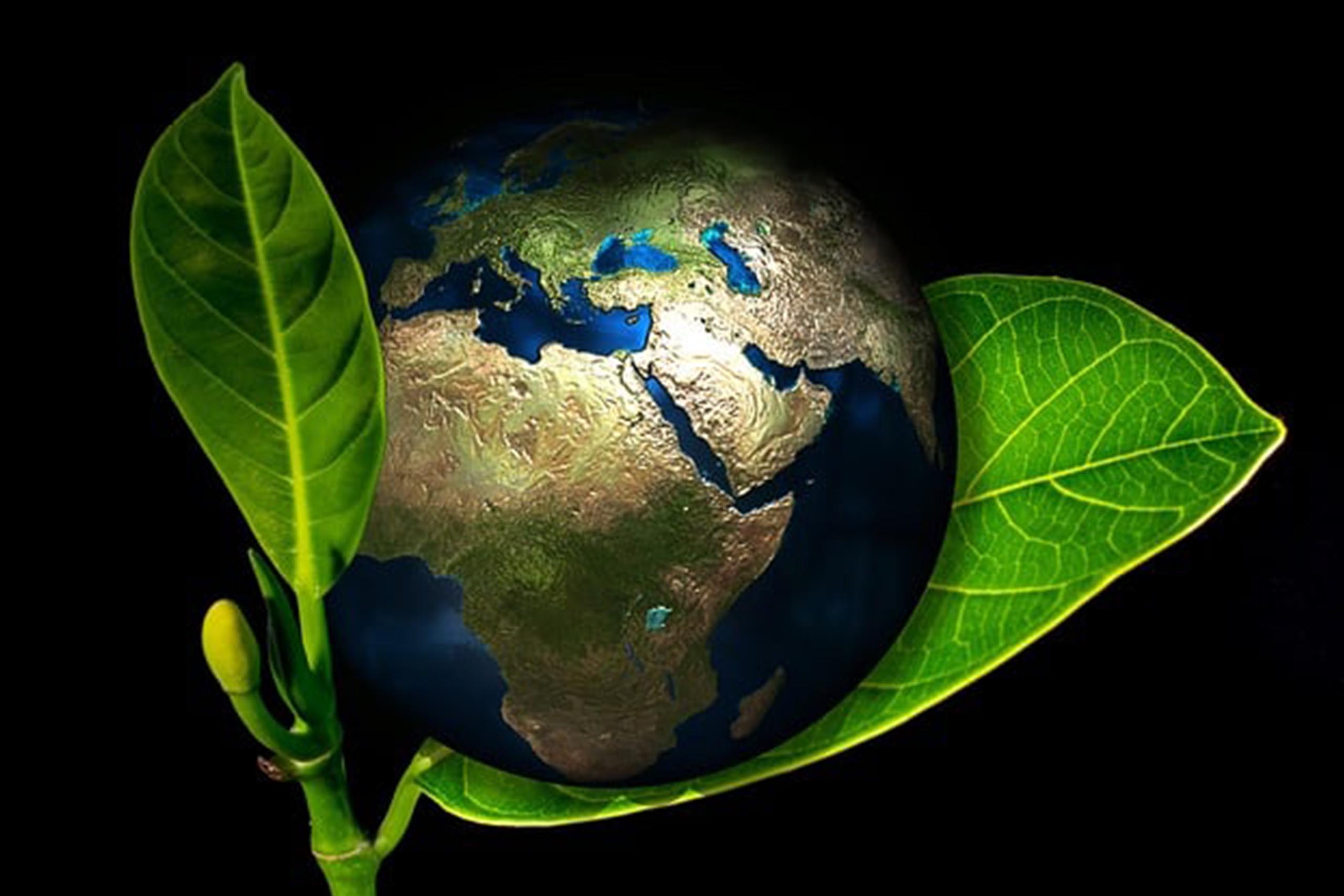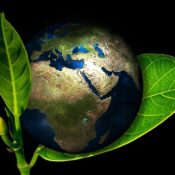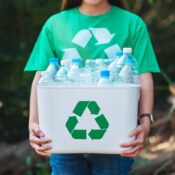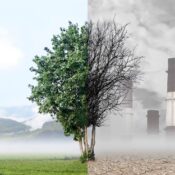
How to Save the Ozone Layer from Destruction
The ozone layer is a region in the earth’s stratosphere that contains high concentrations of ozone and protects the earth from the harmful ultraviolet radiations of the sun. Without the ozone layer, millions of people would develop skin diseases and may have weakened immune systems. Plants and marine ecosystems would also suffer from damage.
However, the ozone layer is not invincible. It has been gradually thinning due to the release of chemical compounds containing gaseous bromine or chlorine from industries or other human activities. These compounds are known as Ozone Depleting Substances (ODS) and include chlorofluorocarbons (CFCs), carbon tetrachloride, hydrochlorofluorocarbons (HCFCs), methyl bromide, and halons.
One of the most alarming signs of ozone layer depletion is the formation of a “hole” over Antarctica every year at the beginning of the Southern Hemisphere spring (August to October). This hole is actually an area of extremely low concentrations of ozone that allows more UV radiation to reach the earth’s surface. The hole was first discovered in 1985 by a team of English scientists and was later linked to CFCs.
The effects of ozone layer depletion are not limited to Antarctica. The depletion of ozone also affects the Arctic region, which it contributes to the rapid rate of warming. Moreover, ozone layer depletion has global implications for human health, agriculture, biodiversity, and climate change.
Fortunately, there is hope for the ozone layer. In 1987, an international agreement called the Montreal Protocol was signed by 197 countries to phase out the production and use of ODS and reduce their concentration in the atmosphere. The Montreal Protocol is considered one of the most successful environmental treaties ever and has been credited with preventing millions of cases of skin cancer and cataracts.
According to a 2018 report by the United Nations, the ozone layer is on track to recover by the middle of this century. However, this does not mean that we can relax our efforts. We still need to continue to monitor the ozone layer and enforce the Montreal Protocol. We also need to address other threats to the ozone layer, such as nitrous oxide emissions from agriculture and industry.
The ozone layer is a vital part of our planet’s life support system. We have a responsibility to protect it from destruction and ensure its recovery for future generations. Here are some simple ways that you can help:
• Avoid buying products that contain ODS or that are packaged in aerosol cans.
• Use energy-efficient appliances and vehicles that do not emit harmful gases.
• Support renewable energy sources such as solar and wind power that do not contribute to global warming.
• Educate yourself and others about the importance of the ozone layer and its conservation.
• Join or support environmental organizations that work to protect the ozone layer and fight climate change.
Together, we can make a difference for our planet and ourselves. Let’s save the ozone layer before it’s too late!





